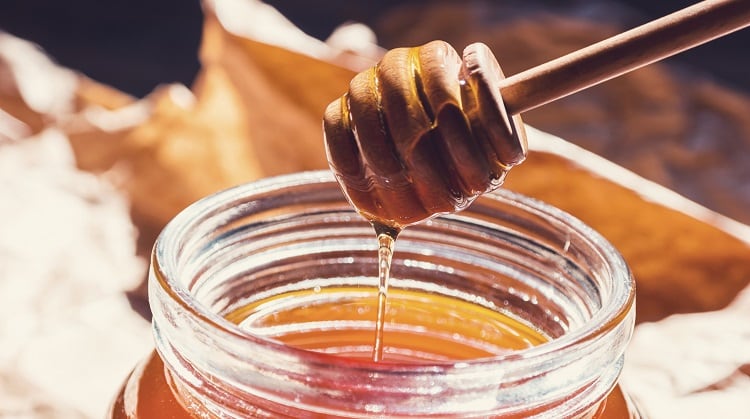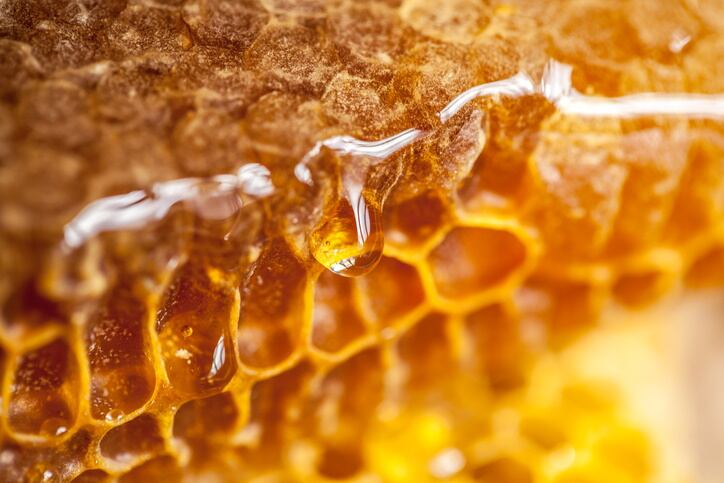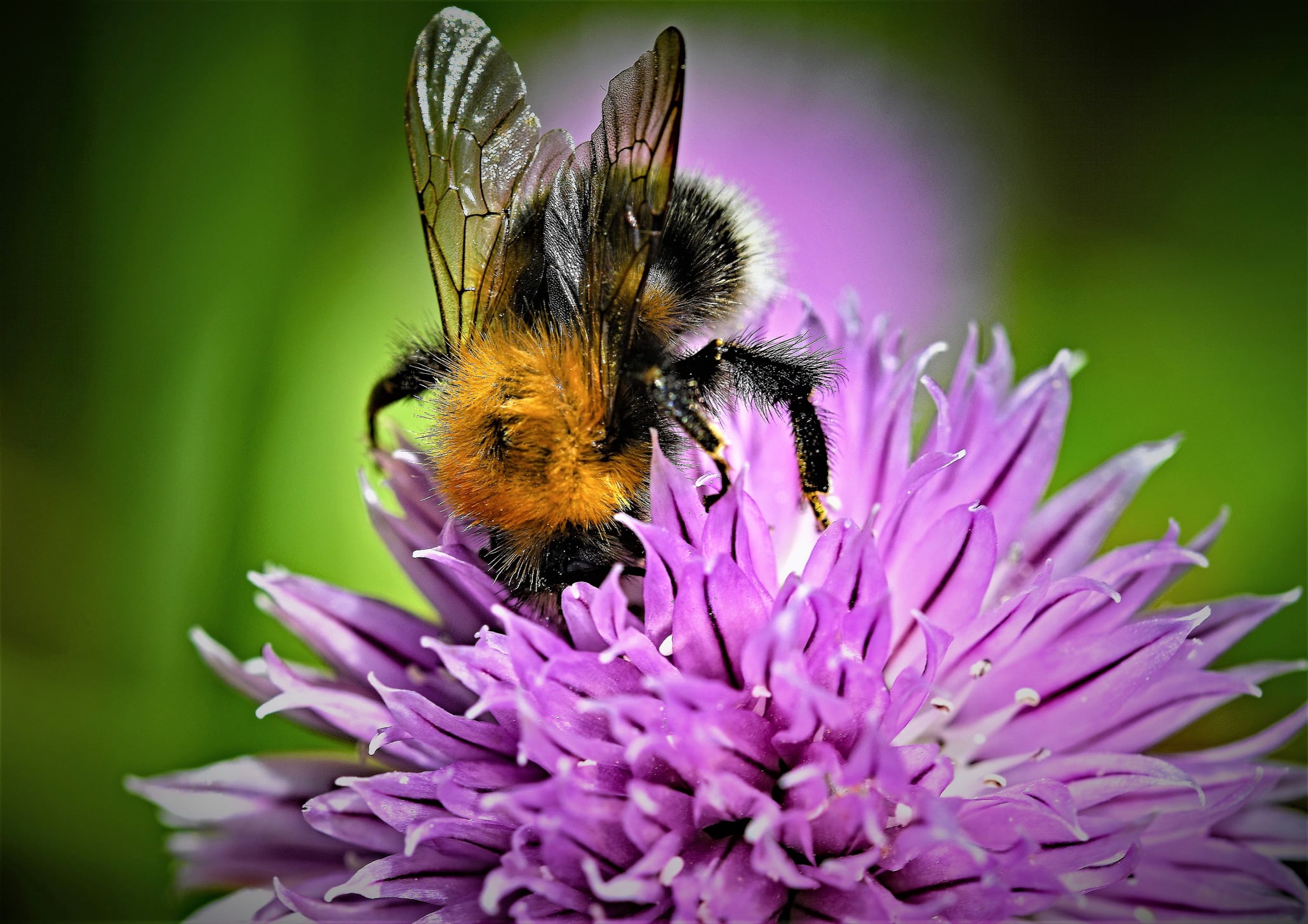Slovenia is well placed to see origin labelling addressed across the bloc, as it prepares to take on the presidency of the Council of the EU in July.
The presidency rotates among Member States every six months. Member States holding the presidency work together closely in groups of three, called ‘trios’.
The current trio is made up of Germany, who recently handed the reign over to Portugal. Slovenia will hold the presidency 1 July – 31 December 2021.
According to Director-General of Slovenia’s Ministry of Agriculture, Forestry and Food, Darja Majkovič, who represented the incoming presidency at a European Food Forum (EFF) event yesterday, there is room to improve the transparency of food labelling across the bloc – particular where honey blends are concerned.
What’s the buzz about current honey labels?
As it stands, honey commercialised in the European Union must carry its geographical origin on the label.
However, if the product is made up of a blend of honey coming from more than one Member State or third country, food business operators can be less specific on-pack.
Brands are required to indicate that their blend of honey comes from more than one Member State by putting ‘blend of EU honeys’ on the label. Where the product is a mix of honey from more than one country outside the EU, ‘blend of non-EU honeys’ is appropriate. And a mix of EU and non-EU honey should be indicated by ‘blend of EU and non-EU honeys’.
This ‘vague’ country of origin labelling is inadequate, according to Majkovič. Today the consumer does not know which EU or third party country comes from multi-origin blends, nor are they given information about the percentage of honey content from these countries, she told delegates.
“The Farm to Fork (F2F) strategy puts a lot of focus on empowering consumers with transparent information, and we believe this initiative on labelling honey blends would be an important issue to be addressed,” she said, stressing that Slovenia hopes to see ‘development’ on this matter by the end of 2022.
Third country honey stinging EU producers on price?
Not only would more detailed origin labels avoid misleading the consumer, but it would help to establish fairer market practices, we were told.
“It is of prime importance that honey and honey blends commercialised within the EU abide by the same labelling standards in order to ensure fair competition,” said the Director-General.
In the European Commission’s 2016 report to the European Parliament and Council on apiculture, the cost of honey production in the EU – compared to third country producers – is underlined. “EU beekeepers have to face many challenges in order to maintain their beehives and honey production,” noted the Commission.
“Increasing costs, strong competition with cheap honey imports from third countries, bees’ colonies losses, diseases, beehives’ invaders combined with a deteriorating forage environment are putting pressure on the sector.”
In the EU, honey prices ‘vary greatly’ according to quality and point of sale. In Poland, multi-floral honey can be purchased for €2.54/kg, whereas UK-produced multi-floral honey sold at the site of production can be priced as much as €15.18/kg.
When compared to some third country prices, the contrast is stark. In 2015, the EU purchased half of its honey imports (around 100 000 tonnes) from China. The average import unit price that year for Chinese honey was €1.64/kg – compared to the EU’s €3.78/kg.
Due to higher production costs in the bloc, EU producers ‘can hardly’ compete with imported honey, said Majkovič.
Again, this has consequences for the consumer, she continued. Consumers are vocal about their desire for more information about the food they consume. And, ‘in many places’, price is still king when it comes to drivers of purchasing decisions, noted Slovenia’s food chief.
If blends that incorporate cheaper honey from third countries are less expensive than single-origin honey, which clearly states where it was produced, Majkovič is concerned about the inequality of information shared.
“Consumers who opt for cheaper product may receive less information than [those] choosing more expensive products,” she said. “We have the opinion that…EU citizens should receive the same quality and reliability of information regardless of the price of the products.”




